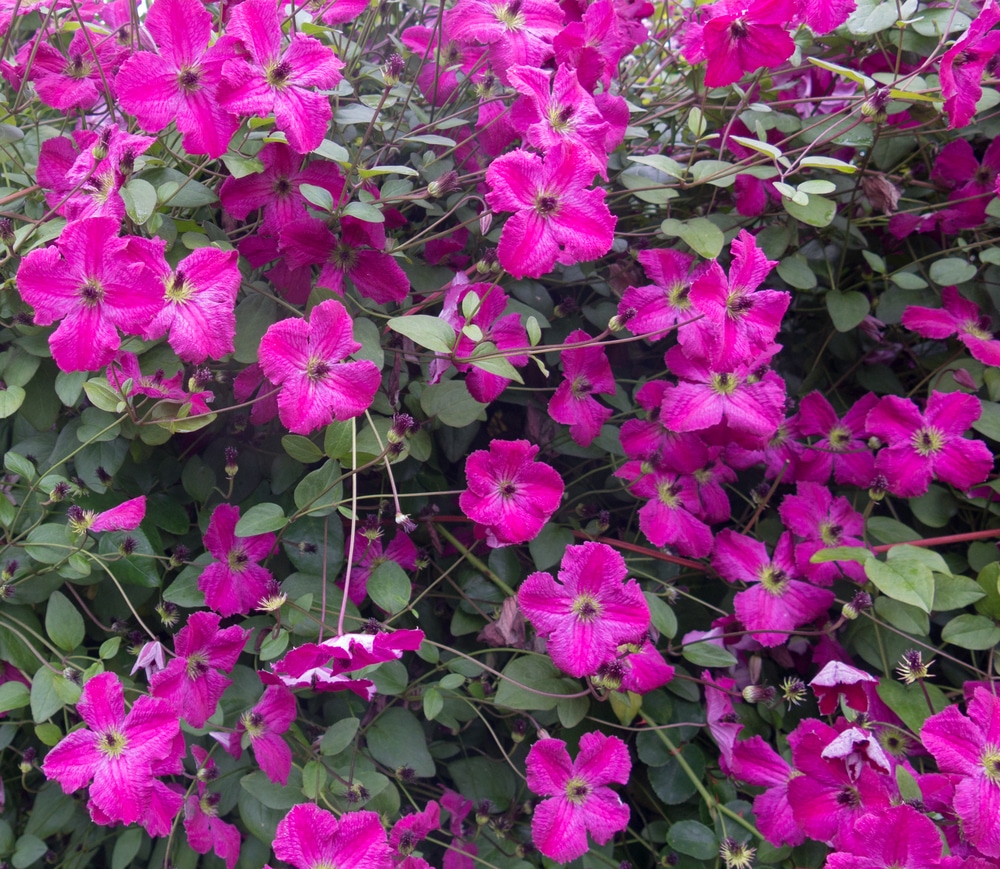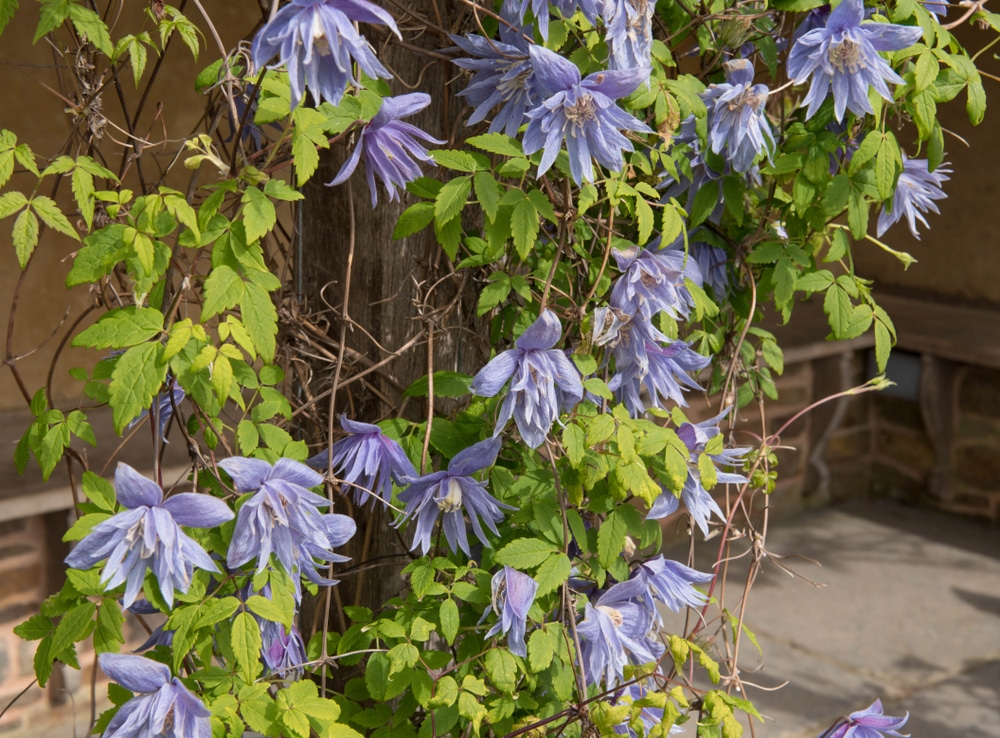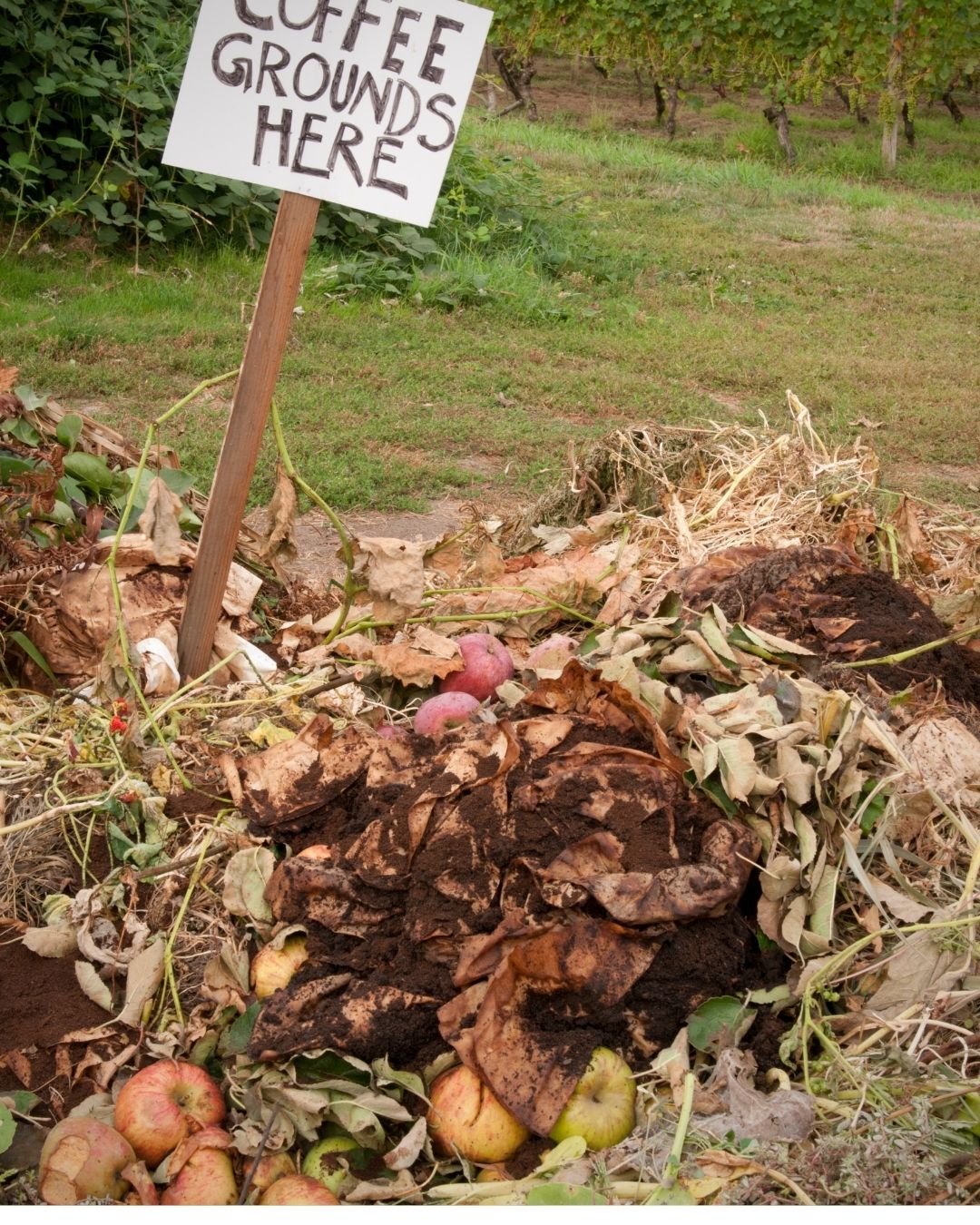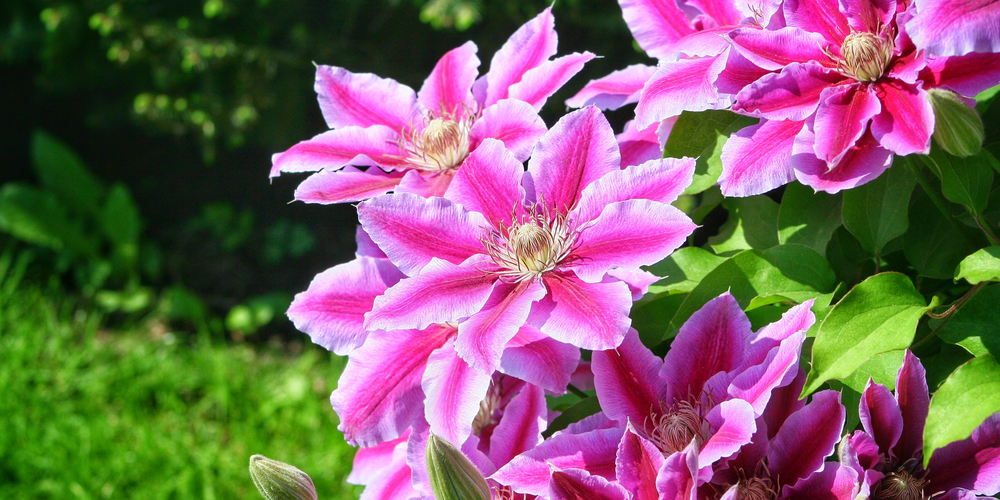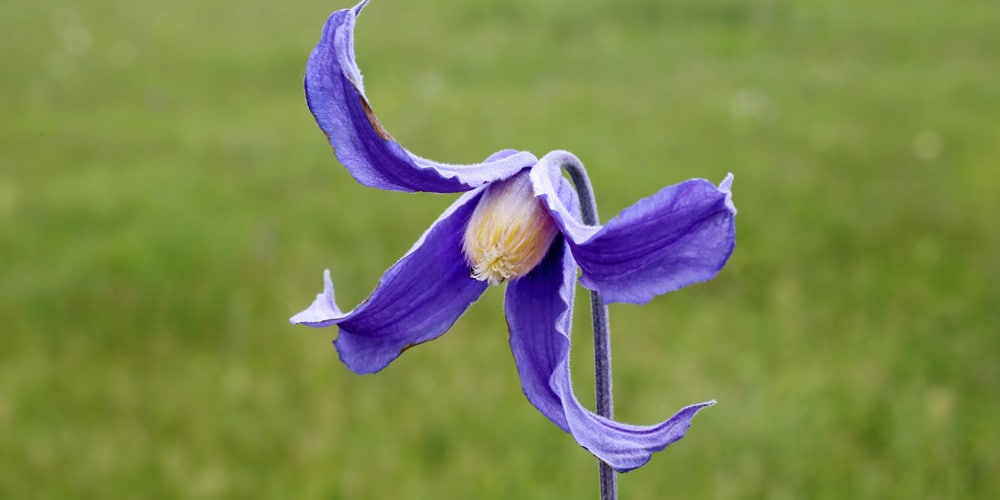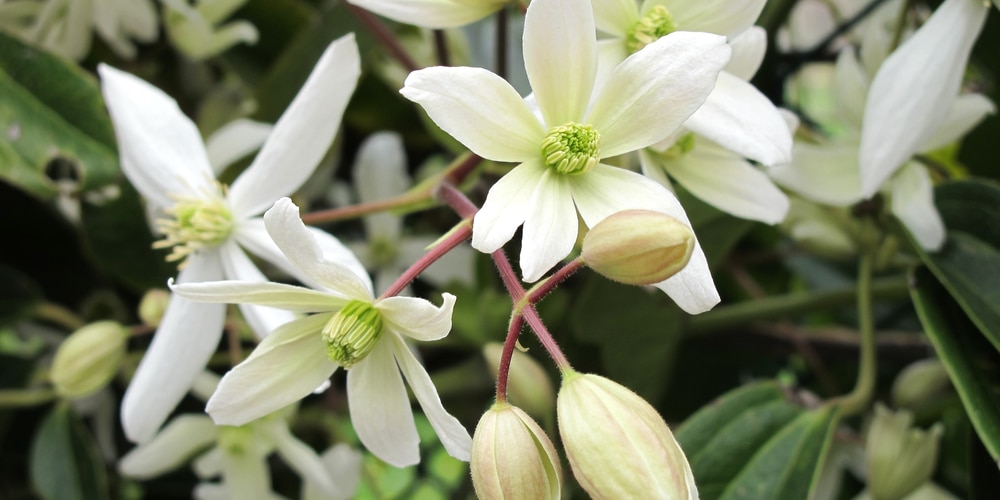I used to think clematis care was pretty simple. Give it sunlight, water, and a good trellis to climb and you’re golden, right?
Well, here’s the truth bomb I ran headfirst into: if you want jaw-dropping blooms, fertilizer is the real secret weapon.
Once I figured that out, my clematis plant didn’t just survive; it thrived. The vines exploded with blossoms so big and bright, they practically stopped traffic.
Let me walk you through exactly when, how, and what fertilizer to use so you can get your clematis to show off like never before.
When Should You Fertilize Clematis?
Here’s the key: clematis are hungry at three critical times during the growing season.
✅ First feeding – just as new growth starts in early spring. This helps wake up the plant and fuels strong vines and leaves.
✅ Second feeding – right before flowering (usually late spring or early summer). This gives your plant the push it needs for bud production.
✅ Third feeding – after the first flush of flowers fades (mid-to-late summer). This helps support a second bloom cycle or keep the vine healthy for next year.
Don’t bother fertilizing in the fall… that’s rest time for the plant as it slows down for winter. Anything you give it then won’t help; in fact, it can mess up the plant’s natural dormancy.
What Fertilizer Should You Use on Clematis?
This is where I got it wrong for years. I thought, “Hey, toss on some general-purpose plant food… and done!” But clematis are picky about what they like.
Here’s what I learned (sometimes the hard way):
-
Early spring (first feeding): Use a balanced fertilizer like 10-10-10 or 20-20-20. This feeds the roots and encourages strong vine growth.
-
Right before flowering (second feeding): Switch to something with a little more phosphorus, like a 5-10-5, because phosphorus fuels bloom production.
-
After blooming (third feeding): You can go back to a balanced fertilizer or even use a compost tea or organic slow-release to gently carry the plant through summer.
💥 Pro tip: Avoid high-nitrogen fertilizers (like lawn food). Too much nitrogen will give you lots of leaves but barely any flowers. Trust me, I’ve made that mistake, and the disappointment is real.
How Should You Apply the Fertilizer?
This part is easier than you think, but there’s one big rule: don’t dump fertilizer right onto the base of the plant. Clematis have shallow roots, and direct contact can burn them.
Here’s the method I use:
-
Water your clematis well before applying fertilizer. Dry roots can get scorched if you fertilize them directly.
-
Scatter the fertilizer evenly around the base, staying about 6-8 inches away from the main stem. I usually go in a ring around the outer edge of the plant’s root zone.
-
Scratch it lightly into the top inch of soil. You don’t have to dig deep, just help it blend in.
-
Water again after feeding. This helps dissolve the fertilizer and carry it into the root zone where the plant can absorb it.
If you’re using a liquid fertilizer or compost tea, just drench the soil around the base, again, not right on the crown. And avoid spraying the leaves or flowers, which can cause burn spots in the sun.
Organic vs. Synthetic Fertilizer: Which One’s Better?
I’ll be honest: both can work if you use them right. But I’ve come to prefer organic options, especially long-term.
Here’s why:
-
Synthetic fertilizers (like Miracle-Gro or granular 10-10-10) act fast, but they can wash away quickly and may harm soil health over time.
-
Organic fertilizers (like compost, fish emulsion, or slow-release blends) feed the soil as well as the plant. They improve soil structure, support beneficial microbes, and release nutrients gradually.
For me, I usually do synthetic fertilizer in spring for a quick wake-up, then switch to organic for summer feeding to keep things balanced.
Don’t Forget About the Soil!
Even the best fertilizer won’t help much if your soil isn’t right. Clematis are funny: they want “cool feet and warm heads.”
That means:
-
Keep the roots shaded and moist: mulch helps a ton here.
-
Let the vine itself get full sun for the best flowering.
-
Make sure the soil drains well. Clematis hate soggy roots.
Watch for Signs You’re Overdoing It
More fertilizer doesn’t always mean more flowers, sometimes it’s the opposite.
Here’s what to watch for:
-
Lots of leaf growth but no blooms? Too much nitrogen.
-
Brown or crispy leaf edges? Fertilizer burn.
-
Weak or floppy stems? You might be overfeeding or overwatering.
If you see any of these, dial back the fertilizer and water deeply to help flush excess salts from the soil.
My Go-To Clematis Fertilizing Routine
If you’re looking for a simple, foolproof schedule, here’s what I do:
✅ March/April: Balanced fertilizer (10-10-10) when new growth appears.
✅ Late May/June: Bloom booster (5-10-5) as buds start forming.
✅ July/August: Compost tea or organic slow-release after the first bloom wave.
✅ September: Stop fertilizing. Just enjoy the show and let the plant start slowing down.
Following this routine, my clematis has gone from “pretty okay” to “absolutely stunning.” You really can get blooms that spill over the trellis, cover the fence, or even climb up into trees if you feed them right.
Final Thoughts: Fertilizer Is the Game-Changer
If you’ve ever stood there scratching your head wondering why your clematis isn’t blooming like the pictures on the seed packet, fertilization is probably the missing link.
Once I understood when to feed, what to use, and how to apply it, everything changed. My vines exploded with flowers, the colors deepened, and the plant stayed healthier overall.
So don’t be afraid to experiment a little and see what works best in your garden. And if you want to give your clematis even more love, I highly recommend planting some good companion plants nearby. Check out this list for ideas.
Your clematis will thank you by putting on the most breathtaking floral display you’ve ever seen.
Thank you for reading this article. Happy Gardening!
Last update on 2025-06-06 / Affiliate links / Images from Amazon Product Advertising API
